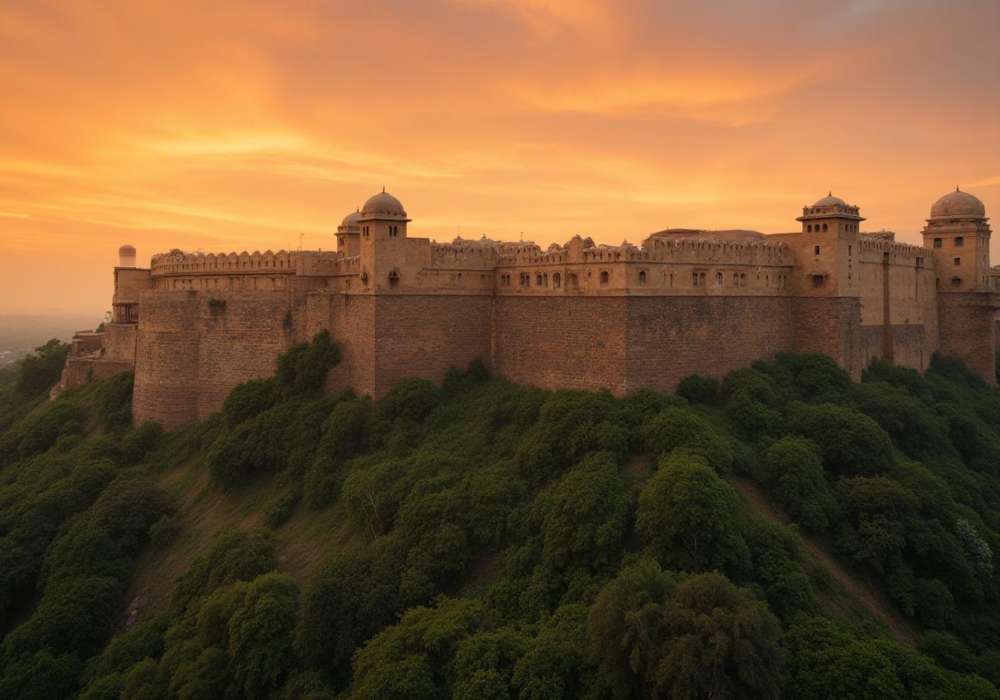
Last Updated At: 01-Sep-2025
11 Best Forts in Telangana You Must Visit In 2025
Telangana, a land steeped in history and culture, boasts a rich heritage that is reflected in its magnificent forts. These structures testify to the region's architectural brilliance and offer a glimpse into its tumultuous past. From strategically built strongholds to architectural marvels, the forts in Telangana narrate stories of battles, dynasties, and cultural evolution.
As you explore the diverse landscapes of Telangana and delve into the captivating stories held within each fort's walls, you'll find that the Telangana fort entrance fees are often surprisingly affordable or even non-existent.
List Of Forts in Telangana
- Khammam Fort | Hilltop Echoes
- Devarakonda Fort | Dynastic Marvel
- Domakonda Fort | Artistry in Stone
- Elgandal Fort | Riverside Majesty
- Gadwal Fort | Opulent Legacy
- Medak Fort | Kakatiya Remnants
- Bhongir Fort | Nature's Sentinel
- Nizamabad Fort | Regal Chronicles
- Rachakonda Fort | Ruins Reveal Tales
- Nirmal Fort | Crafted Guardians
- Nagnur Fort | Chalukyan Whispers
1. Khammam Fort | Hilltop Echoes
Perched atop a hill in Khammam, this fort offers panoramic views of the surrounding landscape. Originally built during the Kakatiya dynasty, it underwent various transformations under different rulers, including the Qutb Shahis and the Asaf Jahis. The architectural amalgamation is evident in its distinct features and structures.
- Timings: 6 AM to 7 PM (Sun-Wed); Open 24 hrs from Thu-Sat
- Entry Fee: Free entry
- Distance from Hyderabad: ~195 km
2. Devarakonda Fort | Dynastic Marvel
Built during the 14th century by the Recherla Velama dynasty, Devarakonda Fort is a striking example of medieval Indian architecture. Its strategic location atop a hill served both defensive and aesthetic purposes. The complex of this historical fort in Telangana houses temples, mosques, and reservoirs, reflecting the era's religious harmony and cultural diversity.
- Timings: Open 24 hours
- Entry Fee: Free entry
- Distance from Hyderabad: ~100 km
3. Domakonda Fort | Artistry in Stone
With its origins back to the 18th century, Domakonda Fort showcases a unique blend of Hindu and Islamic architectural styles. This impressive structure, adorned with intricate carvings and sculptures, is a silent witness to the region's historical transitions.
- Timings: 10 AM to 5 PM
- Entry Fee: Free entry
- Distance from Hyderabad: 113 km
4. Elgandal Fort | Riverside Majesty
Elgandal Fort, situated on the banks of the Godavari River, has been a significant stronghold throughout history and is one of the best-preserved forts in Telangana. The Qutb Shahis, Mughals, and Nizams played pivotal roles in its development. The fort's captivating design and its intricate layout narrate stories of power struggles and strategic importance.
- Timings: 10 AM to 4:30 PM
- Entry Fee: ₹10 for adults; ₹5 for children
- Distance from Hyderabad: 177 km
5. Gadwal Fort | Opulent Legacy
Gadwal Fort stands as a testament to the opulence of the Gadwal Samsthanam rulers. The intricately designed palaces, halls, and temples within the fort complex reflect the cultural and artistic grandeur of the time. The fort's distinctive architecture is a harmonious fusion of various styles.
- Timings: Open 24 hours
- Entry Fee: Free entry
- Distance from Hyderabad: 191 km
6. Medak Fort | Kakatiya Remnants
Built during the Kakatiya dynasty, Medak Fort stands tall as an embodiment of architectural brilliance. The stone-carved entrances, bastions, and watchtowers showcase the fort's military significance. It's a reminder of the Kakatiya rulers' prowess in fort construction, hence one of the top ancient forts in Telangana.
- Timings: 9 AM to 5 PM
- Entry Fee: Free entry
- Distance from Hyderabad: 95 km
7. Bhongir Fort | Nature's Sentinel
Bhongir Fort's unique egg-shaped construction has earned it the moniker "Eka Sila Gundam." The ingenious architectural features like the water harvesting system and the breathtaking views from the top make it a must-visit destination for history and nature enthusiasts alike.
- Timings: 10 AM to 4:30 PM
- Entry Fee: ₹10 for adults; ₹5 for children
- Distance from Hyderabad: 176 km
8. Nizamabad Fort | Regal Chronicles
Constructed during the reign of the Rashtrakutas and later renovated by the Nizams, Nizamabad Fort blends various architectural styles. The fort's majestic entrance, grand gateways, and imposing structures reflect the power dynamics of its era.
- Timings: Open 24 hours
- Entry Fee: Free entry
- Distance from Hyderabad: 176 km
9. Rachakonda Fort | Ruins Reveal Tales
Rachakonda Fort, located near Hyderabad, is a hidden gem that dates back to the 14th century. Though in ruins today, it provides a glimpse into its glorious past through its scattered remnants. The fort's strategic positioning allowed its rulers to maintain control over the region. Fort trekking in Telangana enthusiasts are particularly drawn to this site due to its historical significance and the unique experience it offers amidst nature's embrace.
- Timings: 8 AM to 9 PM
- Entry Fee: Free entry
- Distance from Hyderabad: 56 km
10. Nirmal Fort | Crafted Guardians
Nirmal Fort's architecture mirrors the Nirmal town's association with arts and crafts. It was built to safeguard the town and its artistic heritage. The fort's unique construction and its connection to the local culture make it a site of historical and cultural significance.
- Timings: 9 AM to 6 PM
- Entry Free: Free entry
- Distance from Hyderabad: 223 km
11. Nagnur Fort | Chalukyan Whispers
Nagnur Fort stands as a living testament to the legacy of the Chalukyan dynasty. Its architecture reflects the Chalukyan style, with intricate carvings and sculptures adorning its structures. The fort's historical importance is magnified by the stories it holds within its walls and is a must-visit when exploring Telangana forts.
- Timings: 8 AM to 6:30 PM
- Entry Free: Free entry
- Distance from Hyderabad: 174 km
Unveil the secrets through Telangana's forts tourism by embarking on a journey of exploration and discovery with Adotrip.com. Immerse yourself in the rich history, architectural marvels, and cultural heritage these forts offer. Book your trip now with Adotrip and avail the best deals on your historical expedition through Telangana's captivating forts.
Also Read: Tourist Places To Visit In Telangana
With us, nothing is far!
Frequently Asked Questions About Forts in Telangana
Q1. Which are the most imposing forts to visit in Telangana?
A1. Telangana boasts several impressive forts. Some notable ones include Golconda Fort, Bhongir Fort, Rachakonda Fort, and Khammam Fort.
Q2. Are the forts easily accessible by road or public transport?
A2. Yes, most forts in Telangana are easily accessible by road. Public transport options like buses and taxis are also available to reach these forts.
Q3. Are there any restrictions on exploring certain sections of the forts?
A3. In some forts, there might be restricted areas due to safety concerns or ongoing restoration work. Generally, visitors are advised to follow designated paths and respect any signage.
Q4. Are guided tours available for a deeper understanding of the forts' history?
A4. Yes, guided tours are often available at major forts. These tours provide valuable historical and cultural insights into the forts' significance and stories.
Q5. What are the nearby places of interest to combine with a fort visit?
A5. Many forts are located near other attractions. For example, Golconda Fort is close to Qutub Shahi Tombs and Charminar, offering a chance to explore multiple historical sites in one trip.
Q6. Can I find eateries or food stalls near the forts for refreshments?
A6. Yes, many forts have small eateries or food stalls nearby where you can find refreshments and local snacks.
Q7. Are there any evening programmes or cultural shows at the forts?
A7. Some forts might host evening programmes or cultural shows, especially during tourist seasons. It's recommended to check in advance if such events are scheduled.
Q8. What are the most suitable seasons to visit the forts in Telangana?
A8. For the most comfortable travel, go between October and March, when the weather is cooler. The weather is more pleasant for exploration during this time.
Q9. Can I capture drone footage or aerial views of the forts?
A9. Drone usage might be restricted around forts due to security and privacy reasons. It's advised to enquire about drone regulations before planning any aerial photography.
Q10. Are there any safety measures in place for tourists at the forts?
A10. Most forts have basic safety measures such as railings, steps, and barriers. Visitors are encouraged to follow safety guidelines, stay on designated paths, and avoid risky behaviours.
--- Published By Adotrip
Latest Blogs

Cash in the Wild: My Safari Adventure Across Kenya with Only...

One Day Picnic Spot Near Pune - Adventure, Trekking and Natu...

One Day Picnic Spots Near Mumbai - Monsoon, Adventure, Beach...

The Best Places to Go in Thailand in 2025
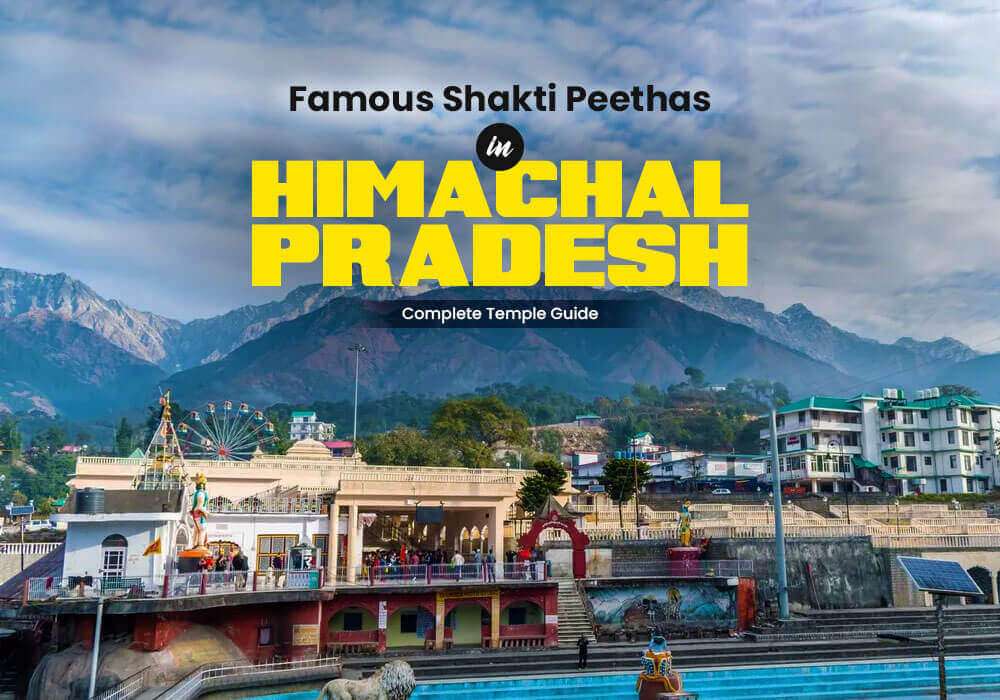

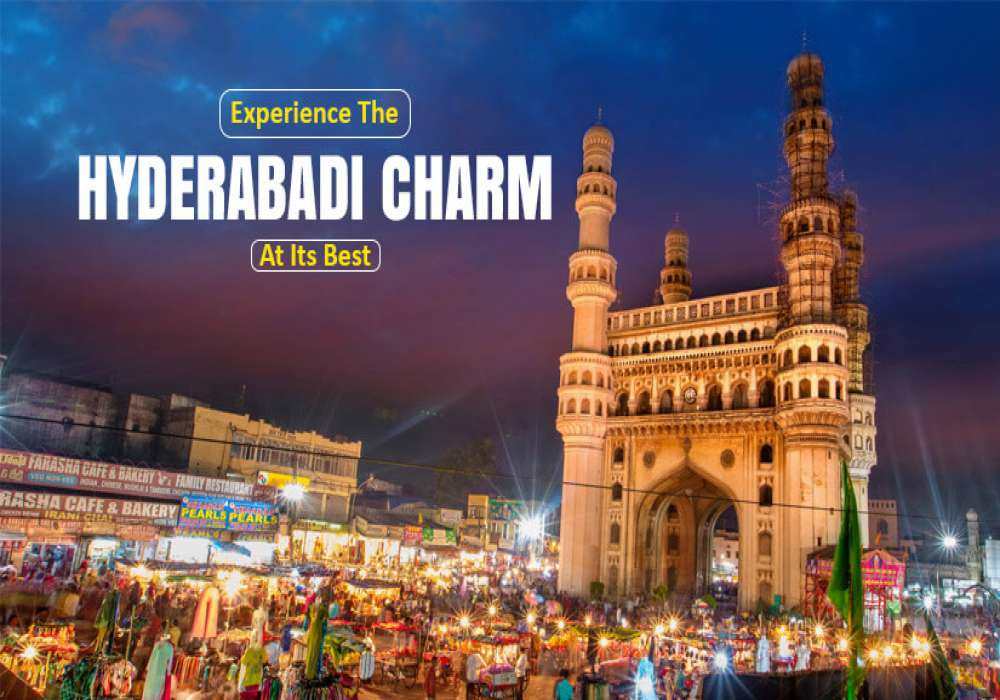

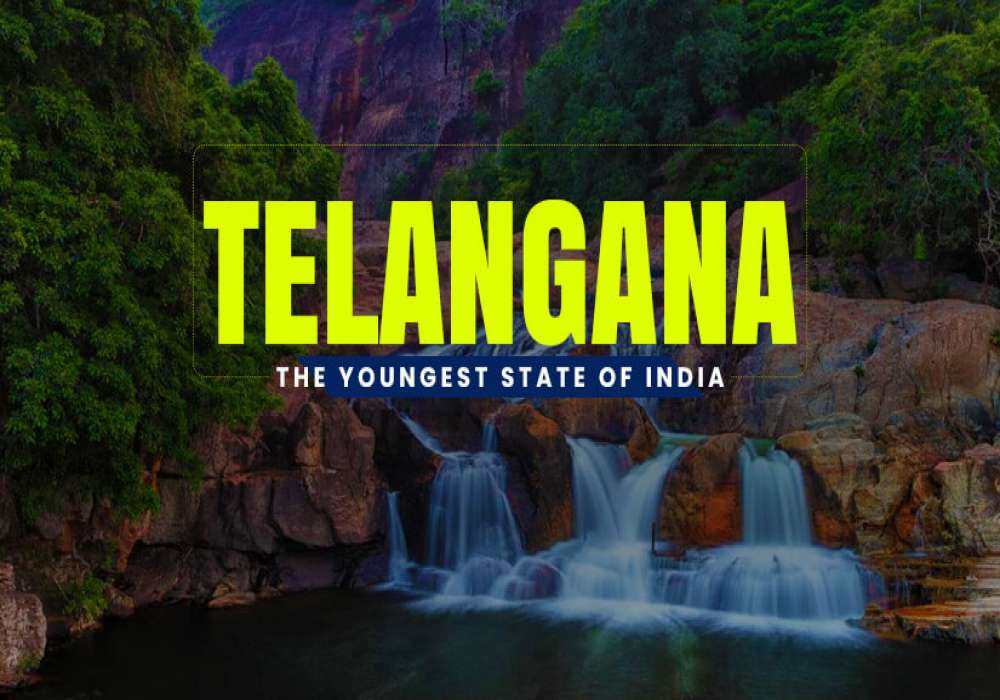

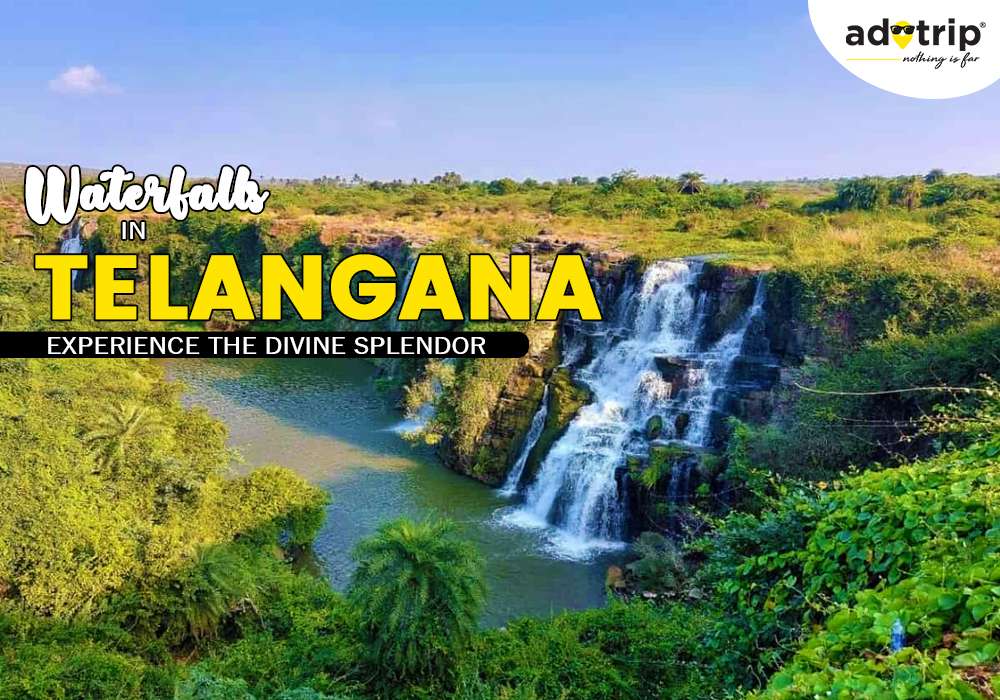

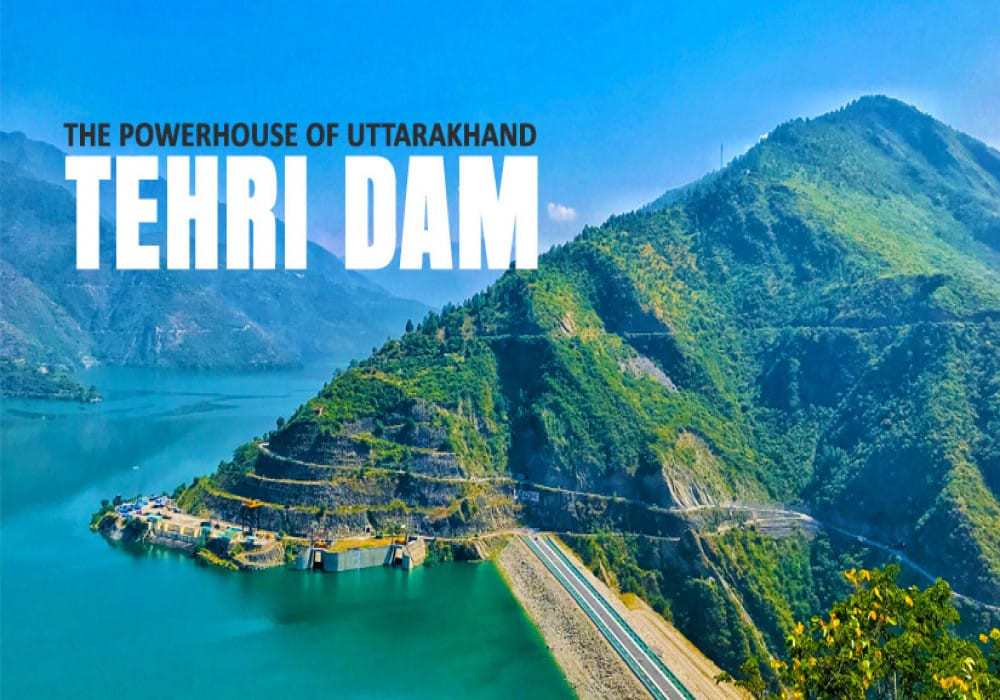
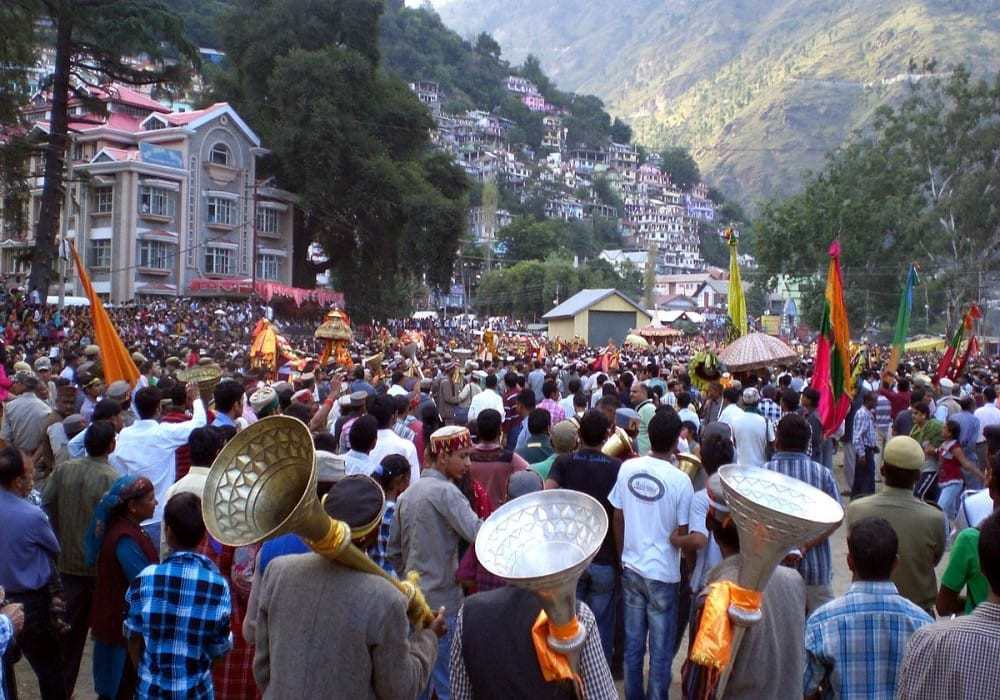


.jpg)
 Dubai
Dubai Malaysia
Malaysia USA
USA





